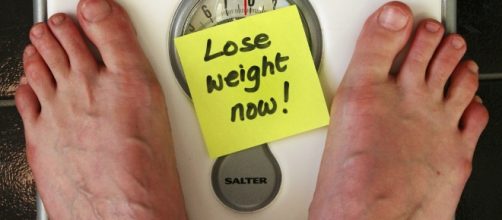A new study from the Newcastle University in the United Kingdom revealed that a low-calorie diet and proper weight management revitalize insulin producing cells in the pancreas, leading to the reversal of type 2 diabetes.
The study, to be presented at the European Association for the Study of Diabetes 2017, showed that excess calories in the body could lead to excess fat in the liver. The excess liver fat is then passed on to the pancreas. By reducing excess calories through diet and weight control, patients with Type 2 Diabetes for at least 10 years can reverse their condition.
The Twin Cycle Hypothesis
Professor Roy Taylor of the Newcastle University confirmed his previous theory known as the Twin Cycle Hypothesis. According to Taylor, excess fat within both the liver and the pancreas is responsible for the development of type 2 diabetes. The excess fat in the liver can cause the organ to respond poorly to insulin, leading to overproduction of glucose. Additionally, too much liver fat can disrupt the normal process of export of fat to all tissues, including the pancreas. The excess fat in the pancreas could lead to the failure of insulin producing cells.
Excess fat forces the insulin producing cells to go into survival mode. In this mode, the cells merely exist and already lost its specialized function.
In theory, removing the excess fat with the help of strict low-calorie diet can restore the normal function of both the liver and the pancreas.
The “one, two” approach in weight management
Professor Taylor’s team showed that the reversal of type 2 diabetes is still possible even for patients who have the condition for 10 years.
For the study, the researchers developed a diet using the so called “one, two approach.”
In the "one, two approach," the participants were enrolled in a two phase program. Phase 1 is considered to be the period of weight loss. During this time, calorie consumption of the participants was restricted, and no additional exercise was included.
Phase 1 lasts for eight weeks, and then the participants gradually return to eating regular foods over the next two weeks.
The gradual return to a normal healthy diet marks the transition from the phase 1 to the phase 2 of the program. In phase 2, the participants have long-term supported weight maintenance by modest calorie restriction, as well as increased daily physical activity.
The researchers noted that it is too soon to recommend a strict weight loss to every patient with type 2 diabetes. A separate study is currently underway to determine if everyone can be benefited from reducing excess weight.


